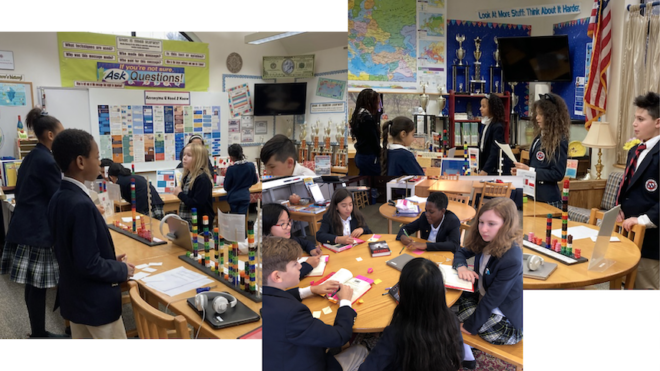The theme for the 6th grade social studies curriculum is migration, culture and belonging. One of our project-based learning units is the study of immigration and refugees, and how they influence cultural diffusion through the exchange of ideas and technology. Migration of people results from political, economic, and social factors that push or pull people away from their country of origin as well as those who were forced to come in chains. Many immigrants come to the United States as a result of political instability, refugees of war, or climate change. Others come to take advantage of better economic opportunities or to join family members who have already settled in a new country. Studying immigration helped them understand the reasons why people migrate, the challenges they face, and how it influenced our national identity.
They learned that many of the traditions, beliefs, and values enriched our nation, and broadened our understanding of the contributions to the social and economic well-being of society. Many immigrants, and refugees, faced discrimination, isolation and exclusion due to their ethnicity, language, or religion as they struggled to find their place in the United States. It helped the students to realize the role of citizenship and belonging in shaping the identity of individuals and groups as well as us as a nation.
They developed a deeper understanding of the complex issues that shaped not only our country, but also the global impact the migration of people has on society. The cultural influences and assimilation were not always equal, especially for those who did not come by choice, but by chains. It helped them recognize the importance of cultural diversity and the need for inclusive societies that value the contributions of all individuals, regardless of their background. This need to belong played an important part in shaping the history of the United States.



